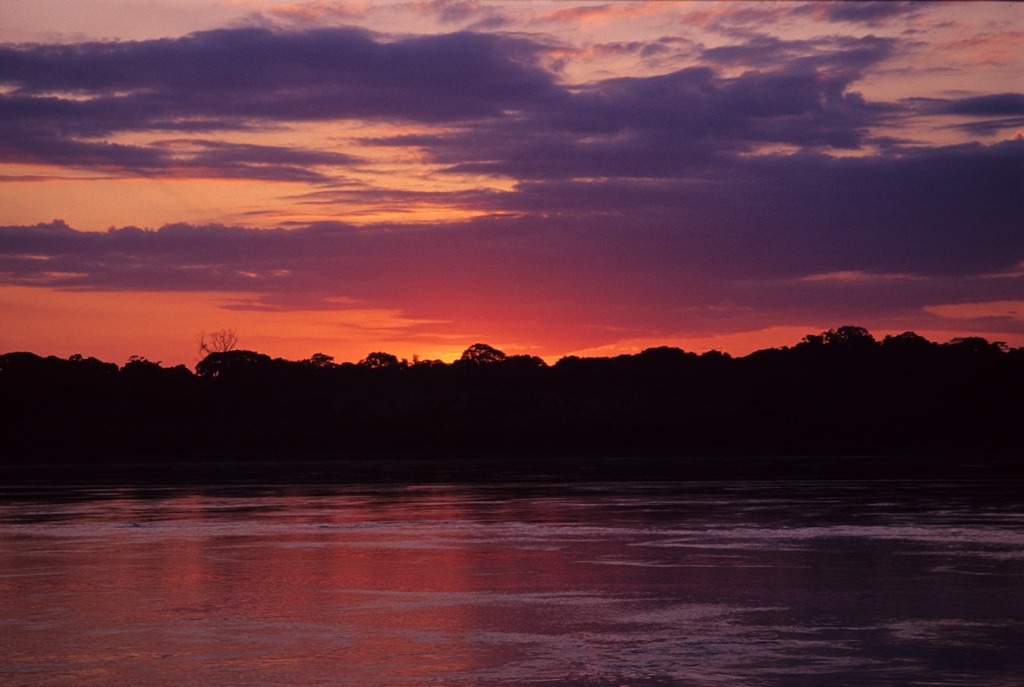09/07/2020
How is the weather in Iquitos?
Unlike the Northern Hemisphere with its summer and winter, or subtropical zones with wet and dry seasons, Amazon rainforest weather has a high-water season and a low-water season.

Amazon Rainforest
Unlike the Northern Hemisphere with its summer and winter, or subtropical zones with wet and dry seasons, Amazon rainforest weather has a high-water season and a low-water season.
The water can rise and fall up to 40 feet annually, primarily due to snow melt from the Andes and some from rainfall. The low-water season is from May/June to October/November and high-water season is from October/November – May/June. There is a slight difference between the wetter and drier months, but this is only by one or two degrees with the wetter season being slightly hotter. To be really accurate, there technically isn’t even a dry season because it rains about 200 days per year. That’s why it’s called the rainforest!
Iquitos city
Iquitos is a fantastic city to visit any time of the year. The best time of the year to visit Iquitos, climate-wise, for general tourist activities outdoors is from the beginning of June to the end of August.
If you’re sensitive to hot temperatures, you may want to miss the hottest months of September, October and November. However, many people find these months an enjoyable time to visit because there are less tourists. On average, temperature in the day goes up to around 32°C (90°F) and falls back down to about 22°C (72°F) at night. Not bad!
Summer in Iquitos (November – May) is rainy, warm and humid. In May, the Amazon river that surrounds Iquitos reaches its highest point. Winter in Iquitos offers a different climate, sunny days and nice weather, with an average of 90 F (32). The dry season (July – November) and the flood season (December – July). There are generally many days of high humidity in Iquitos and the Amazon. This means less sweat will evaporate from the skin to cool the body. And even if the temperature goes down at night, the night is usually damp. This dampness can feel a bit “chilly” so it’s wise to have an over-shirt or sweater handy.
Iquitos City itself has microclimates—meaning, rain can be present in one area of the city, and sunshine in another. Iquitos can also experience a phenomenon called “urban heat island.” At times, the hot air does not dissipate as readily so it can be hotter in the city than the natural climate of the Amazon jungle.A good reason to escape to the jungle on a cruise or an expedition!
You can be assured that generally there are pleasant weather conditions for a comfortable stay in Iquitos and the Amazon!
